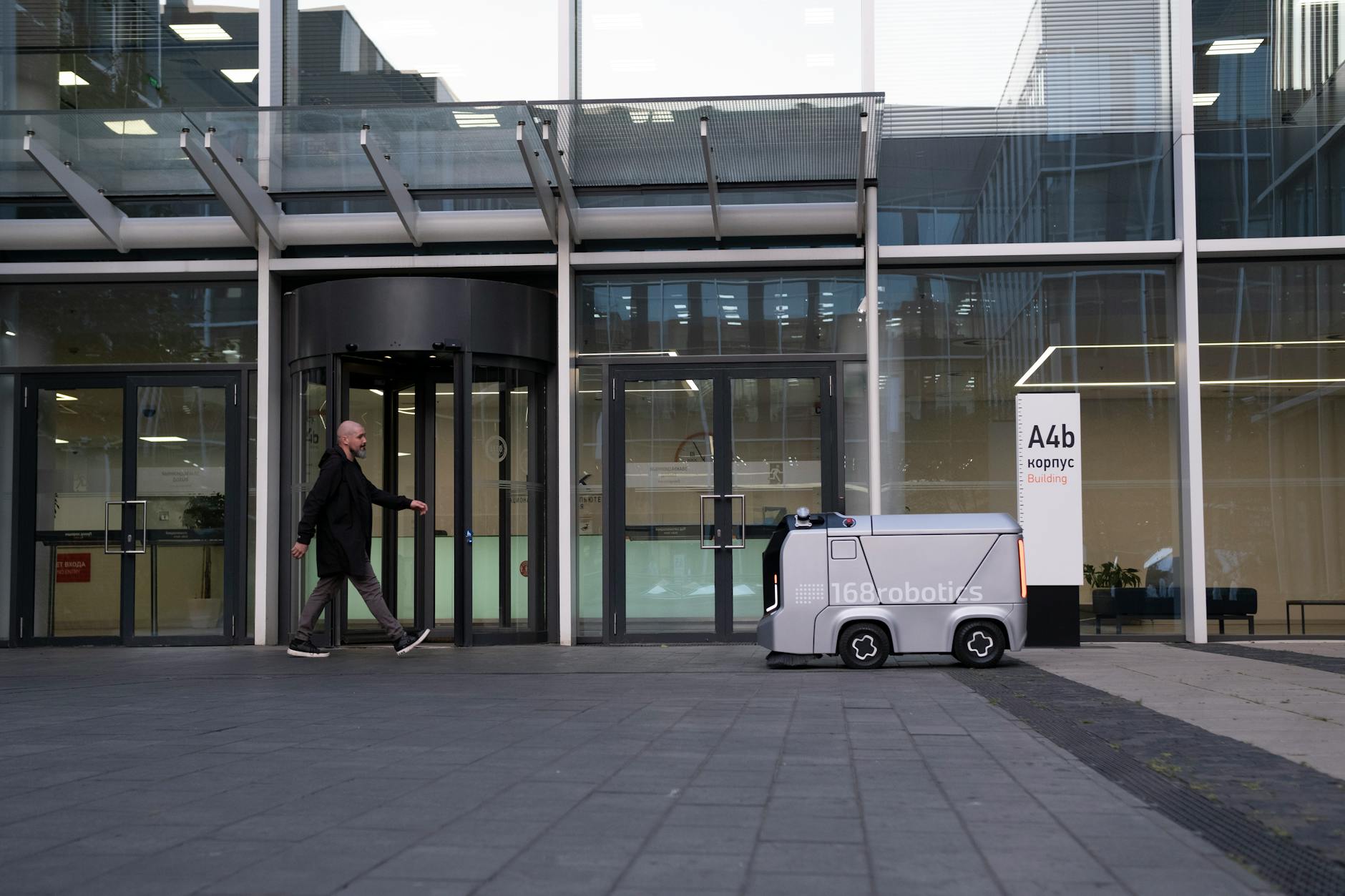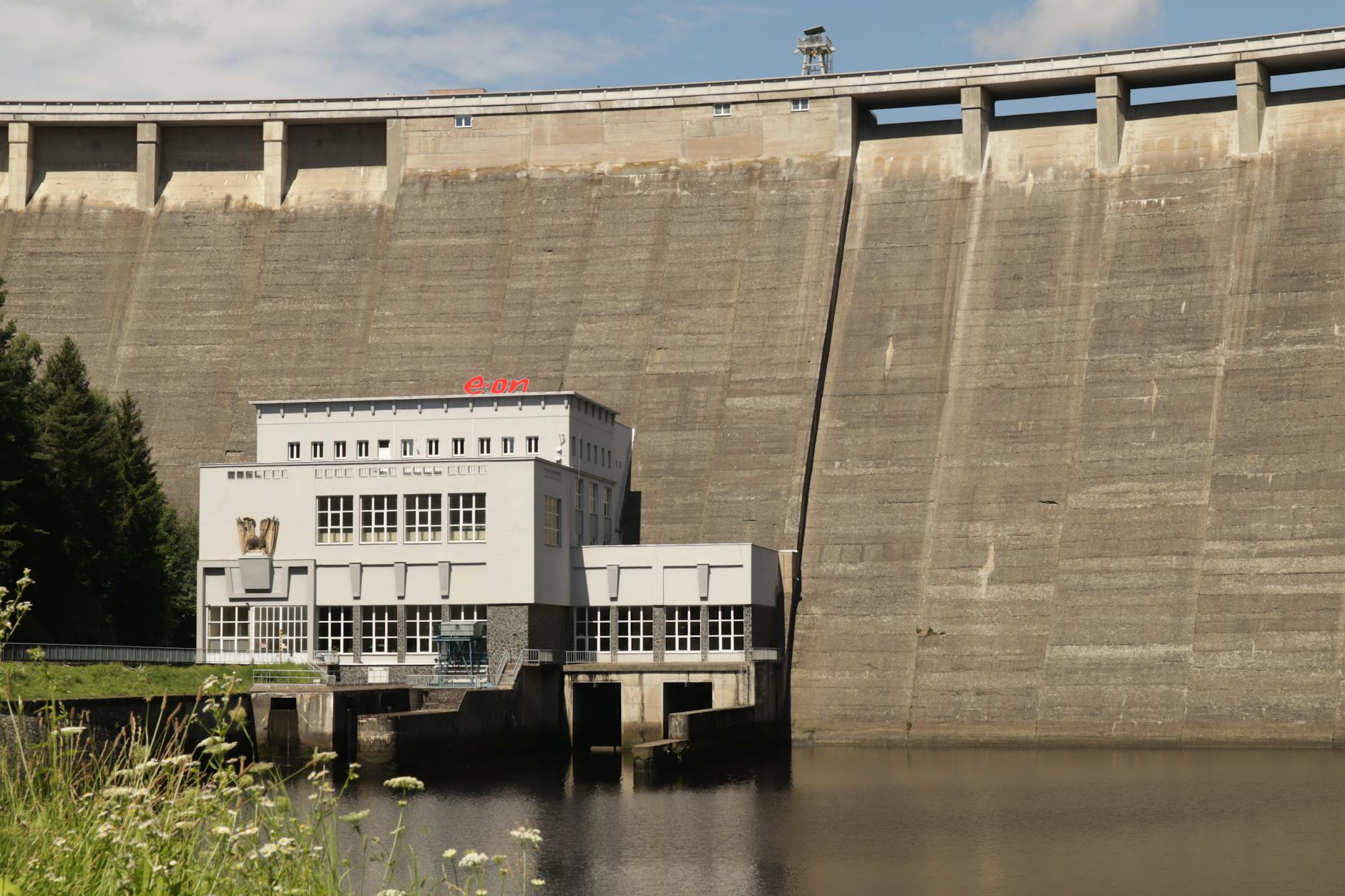- The Rise of AI and Robotics in Manufacturing
- Enhancing Productivity Through AI-Powered Robots
- Optimizing Production Lines with AI Integration
- Improving Quality Control and Inspection Processes
- Redefining Human-Machine Collaboration
- Driving Innovation and Competitiveness in Manufacturing
- Conclusion
The integration of artificial intelligence (AI) and robotics is revolutionizing the way factories operate, paving the way for increased efficiency, productivity, and innovation in manufacturing processes. This article explores how smart technology, in the form of AI and robotics, is transforming factories worldwide, optimizing production lines, and driving the future of manufacturing.
The Rise of AI and Robotics in Manufacturing
The manufacturing industry has embraced AI and robotics to enhance automation, streamline processes, and improve overall operational efficiency. Factories are increasingly leveraging advanced technologies to create smart, connected systems that can perform tasks with precision and accuracy. Robots equipped with AI algorithms can adapt to changing conditions, make real-time decisions, and collaborate seamlessly with human workers.
Enhancing Productivity Through AI-Powered Robots
AI-powered robots are revolutionizing the manufacturing landscape by performing a wide range of tasks with speed and precision. These robots can handle repetitive and dangerous tasks, improving safety in the workplace and allowing human workers to focus on more complex responsibilities. By integrating AI into robotics, manufacturers can achieve higher productivity levels, reduce errors, and optimize resource utilization.
Optimizing Production Lines with AI Integration
AI and robotics integration enables factories to optimize their production lines, leading to smoother operations and increased output. Smart technologies can analyze vast amounts of data to identify patterns, predict maintenance needs, and optimize workflows for maximum efficiency. By leveraging AI algorithms, manufacturers can proactively address issues before they escalate, minimizing downtime and ensuring continuous production.
Improving Quality Control and Inspection Processes
Quality control is a critical aspect of manufacturing, and AI-powered robots are enhancing inspection processes by conducting thorough assessments with unmatched accuracy. These robots can detect defects, anomalies, and inconsistencies in products, ensuring that only high-quality items reach the market. AI-driven inspection systems are capable of performing quality control tasks at a faster pace and with greater precision than traditional methods.
Redefining Human-Machine Collaboration
The integration of AI and robotics in factories is redefining the landscape of human-machine collaboration. AI-powered robots are designed to work alongside human operators, complementing their skills and capabilities to boost overall productivity. By enhancing collaboration between humans and robots, factories can improve efficiency, reduce labor costs, and create a safer working environment for all employees.
Driving Innovation and Competitiveness in Manufacturing
AI and robotics integration is driving innovation in the manufacturing sector, enabling companies to stay competitive in today’s fast-paced market. By embracing smart technology, factories can accelerate product development, introduce new customization options, and respond quickly to changing consumer demands. The implementation of AI and robotics is not just a trend but a necessary step for manufacturers looking to thrive in the digital age.
Conclusion
The integration of AI and robotics in factories is reshaping the manufacturing landscape, ushering in a new era of smart technology and automation. By harnessing the power of AI algorithms and robotic systems, manufacturers can optimize production processes, enhance quality control, and drive innovation across their operations. As the industry continues to evolve, factories that embrace AI and robotics integration will be better positioned to thrive in a competitive market where efficiency, productivity, and agility are paramount.


